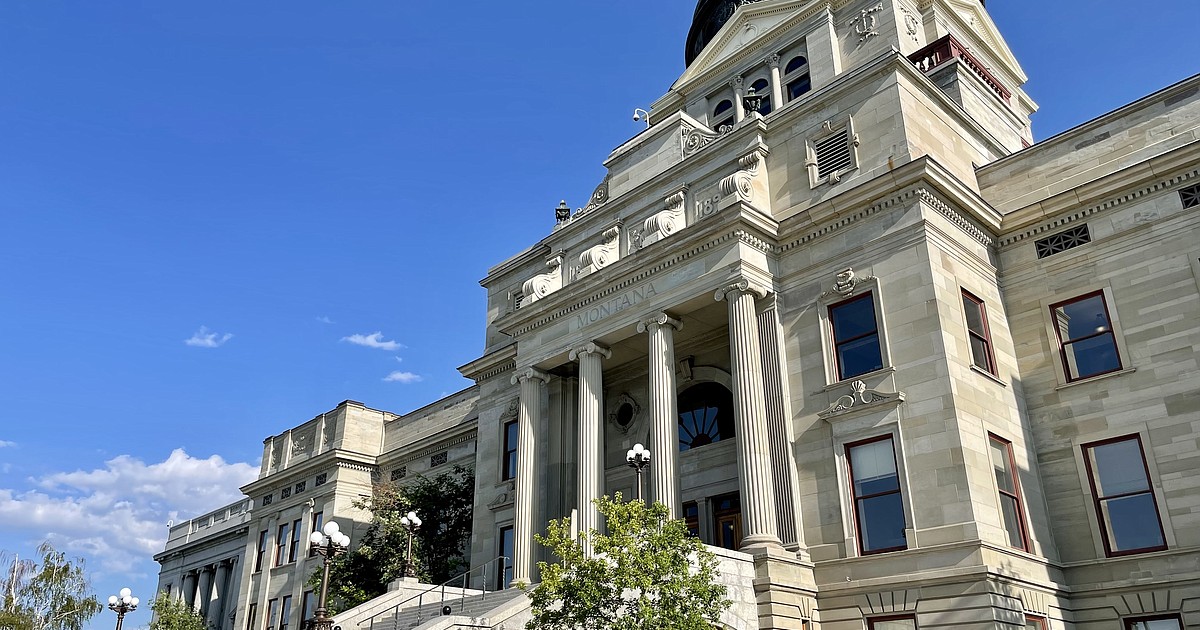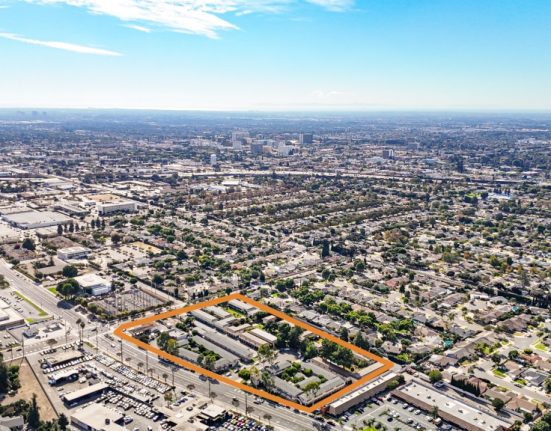The final priority for the 69th Montana Legislature — one many lawmakers campaigned on — passed both chambers on the final day of the session.
Property tax relief for residential payers has been top of mind for legislators following historic increases in property values during the last few years, with more anticipated this year, according to Department of Revenue estimates. According to one representative, lawmakers debated at least 47 different bills related to property taxes this session.
On Wednesday, the House took the final votes on a major property tax bills — House Bill 231 — passing it on a bipartisan basis with 69 representatives voting “aye.”
The Senate on Tuesday passed HB 231, and a coordinated bill, Senate Bill 542, 28-22 and 29-21, respectively, with one Democrat opposing both bills and the GOP split.
Rep. Llew Jones, R-Conrad, sponsored HB 231 and was largely seen as the architect behind both bills’ final forms, as well as the state budget, working closely with the governor’s office and coalitions of lawmakers to push the massive pieces of legislation through.
“I came here to have residential, owner dwellings get a tax cut. This bill, in conjunction with 542, does that.” Llew on the floor, adding that he anticipated around 30,000 to 40,000 small businesses would also get a cut.
But many hardline Republicans, especially in the Senate, decried the property tax bills as complicated and burdensome, and the Legislature still had time to come up with a better plan.
“It’s unfair. It’s complicated. It’s expensive to implement,” said Senate Majority Leader Tom McGillvray of the two bills.
“I’m all for providing property tax relief for residential taxpayers, but not with this bill. As I’ve said, this bill’s unconstitutional, it’s violated our rules,” Sen. Greg Hertz echoed. “There’s better ways to do this, and we can. I’m fine if you just kill this thing and Senate Bill 542, and come back in a special session. We need to get it right, and we’re not getting this right.”
A major sticking point for many detractors was that the bills don’t reduce overall property tax collection in the state, but merely shift the burden between different types of properties, an outcome supporters said is only realistic.
The relief package contains a homestead exemption — championed by Republican Gov. Greg Gianforte — that taxes second homes at a higher rate than owner-occupied homes. To prioritize residential homeowners, other shifts would result in higher taxes for some large businesses and utilities, and the bills were heavily opposed by the Montana Chamber of Commerce and energy and utility companies.
But Senate Minority Leader Pat Flowers, D-Belgrade, said the outrage at the shift in taxes was hypocritical. He said that before the 2023 session, lawmakers received a memo from the Department of Revenue warning them that residential property taxes would increase if they didn’t take action.
“We did nothing. There was a tax shift,” Flowers said. “In some cases — in my case — my taxes doubled in Gallatin County. Doubled. Where was the outrage on that shift? So there’s outrage now, because apparently the oil refinery is going to pay slightly higher taxes. But what about the shift that occurred in 2023 when our residents saw their taxes jack up? Where was the outrage?”
“…(Our constituents) didn’t ask us to maintain exactly the same taxes on oil refineries.”
In the House, Jones echoed the same sentiment, asking where the”scream of anguish” had been when taxes shifted towards residential payers.
Jones said that when residential properties saw tax spikes upwards of 40%, centrally-assessed properties, like refineries and utilities, saw tens of millions of dollars of decrease.
Meanwhile, the average reduction for a median home value in Montana — $360,000 according to DOR revenue Jones cited — would see a $719 decrease in taxes from the previous year.
“I think that’s significant,” Jones said.
After the new bills are implemented, those types of properties, and business properties, will still be lower than they were four years ago, Jones said.
The two final property tax bills saw many changes during the last weeks of the session, including last-minute amendments made to HB 231 on Tuesday morning.
Jones described the final changes as necessary to coordinate the two bills and ease implementation for the Department of Revenue, preventing delays in seeing results for homeowners. Another change also attempts to address an issue with city charters — namely in Sunburst and Billings — that have fixed mills and could potentially see large increases in property taxes.
The latter issue united many lawmakers from the Billings area — including one Democrat — against the bills, saying they’re “bad bills” for the Yellowstone County area.
But overwhelmingly in both chambers the consensus was that Montanans sent lawmakers to Helena to address high property taxes, with these bills as the best option.
“It’s not a perfect product. I would posit there is no such thing as a perfect product, because the essence of the property tax relief is that somewhere, somehow, there are going to be tax shifts,” Rep. Dave Bedey, R-Hamilton, said in the House.
Bedey added that the disagreements and fingerpointing between various factions of lawmakers — including a Senate coalition of Democrats and moderate Republicans who joined together on major pieces of legislation — prevented the Legislature from delivering property tax bills earlier on in the session, as requested by the governor.
“Yeah, the cake might have been baked. It should have been baked. We should have had it out the oven earlier,” Bedey said. “And now we’re doing the best we can.”
In the upper chamber, Sen. Mary Ann Dunwell, D-Helena, said legislators could go home and be proud of the work they accomplished on property taxes this session.
An estimated 230,000 to 240,000 homeowners will be impacted by the tax cuts, according to Jones.
“(Those) homeowners will be helped, their rates will go down, their taxes will go down,” Dunwell said. “And you can tell your constituents that will happen.”







